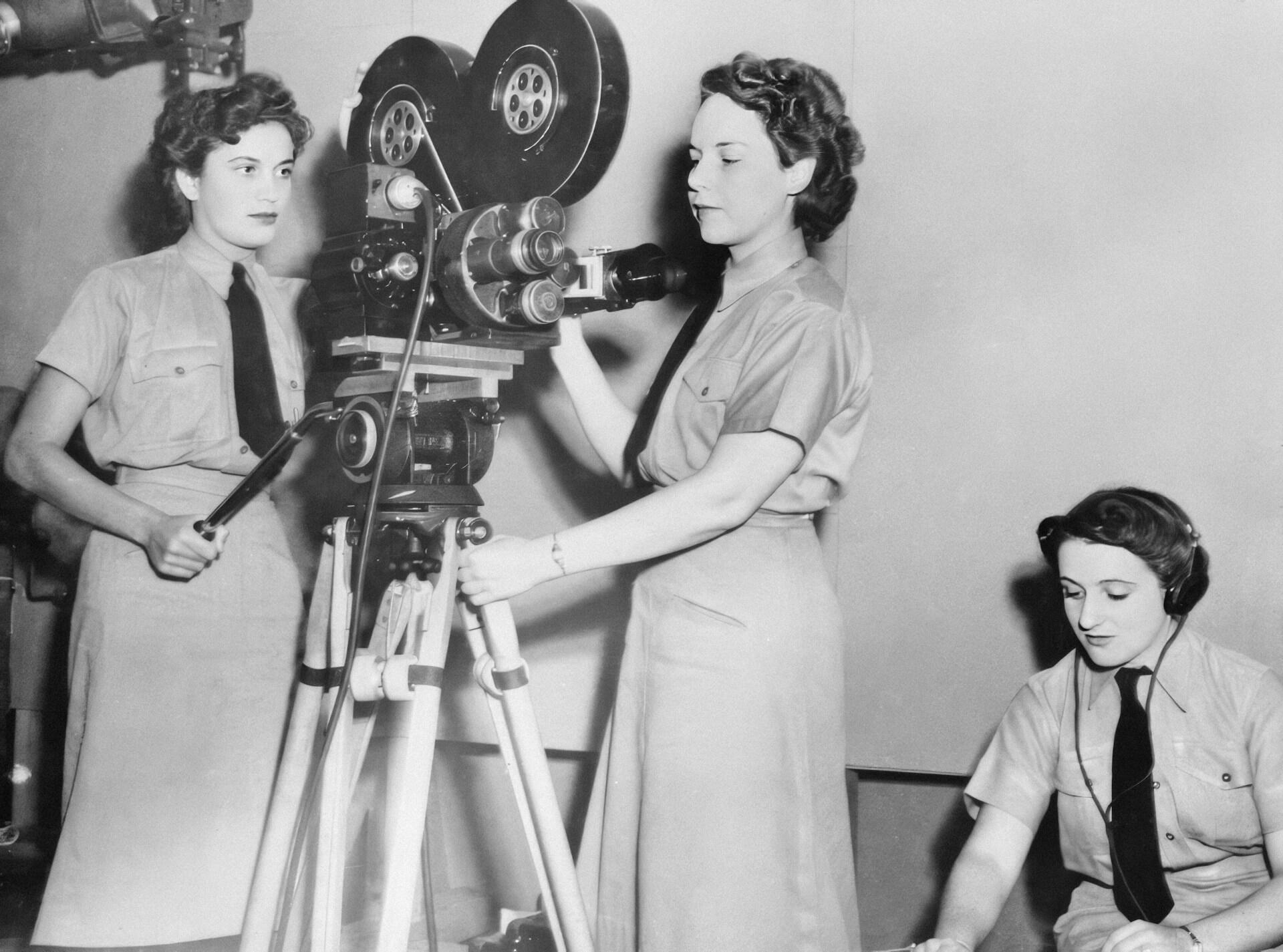A woman's place is in the Senate.
A 1975 Political slogan
For so long, tales of men's feats in battle, politics, and scientific discovery have dominated historical narratives. Women have never been just along for the ride; they, too, have contributed to the Australian story. We all know about Edith Cowan, top among famous Australian female politicians for being the first woman elected to Parliament. This article celebrates the often lesser-known women who have or are making their mark on Australian history.
| Who | When | Origin | Known for |
|---|---|---|---|
| Margaret Reid | 1935 - present | South Australia | She was the first female president of the Senate. |
| Elizabeth Kenny | 1880 - 1952 | New South Wales | She pioneered physical therapy techniques. |
| Fanny Balbuk | 1840 - 1907 | Western Australia | She agitated for Indigenous land rights. |
| Susan Ryan | 1942 - 2020 | New South Wales | She was the first woman from the ALP to serve in cabinet; she helped pass sex discrimination laws. |
| Annette Kellerman | 1886 - 1975 | New South Wales | She was the first to wear and design one-piece bathing suits for women. |
| Ruby Payne-Scott | 1912 - 1981 | New South Wales | She was a pioneer in radio astronomy and radiophysics. |
| Jenny Kee | 1947 - present | Bondi Australia | She became a leading fashion figure and designer. |
| Julia Gillard | 1961 - present | Wales UK | She was the first, and so far the only female prime minister in Australia. |
| Simone Young | 1961 - present | Sydney Australia | She is among the first female classical orchestra conductors. |
| Elizabeth Blackburn | 1948 - present | Tasmania | She won the Nobel Prize for her research into ageing. |
| Tilly Aston | 1873 - 1947 | Victoria Australia | She founded the Victorian Association of Braille Writers and the Association for the Advancement of the Blind. |
| Anne Camfield | 1808 - 1896 | England | She was a pioneer of education for Indigenous children. |

Margaret Reid
From the start, Australia has officially taken an open approach to women in politics. However, the unofficial story isn't quite so rosy.
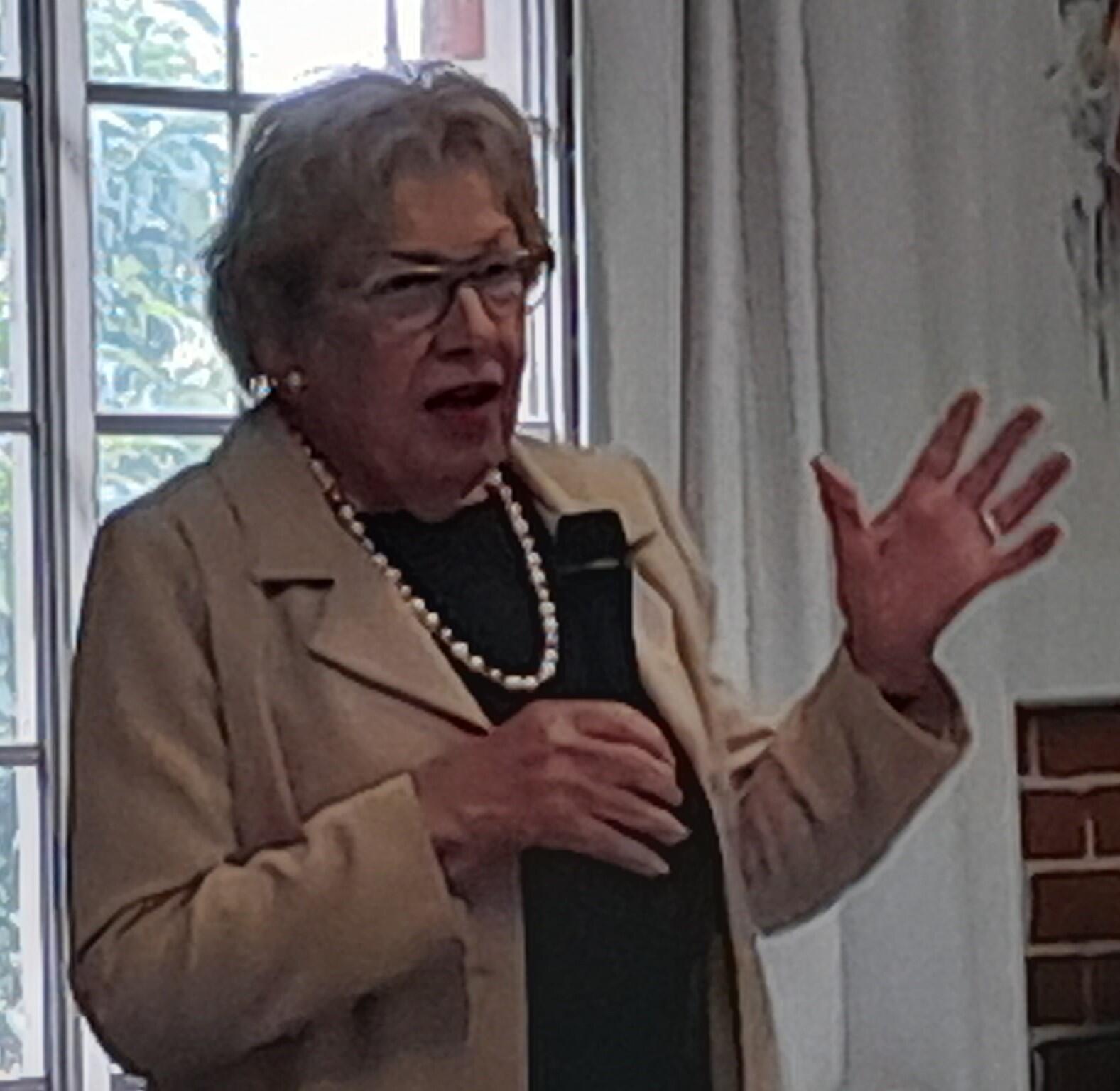
Margaret Reid initially set her sights on local political contests, aiming to take small actions to cause big changes. Her first campaigns, in South Australia, met with little success.
A few years later, she moved to Canberra, joining a law firm there. She kept her interest in politics alive through her association with the Liberal party.
In 1981, she finally dedicated herself to a career in politics. She spent 22 years in various positions, including President of the Senate. She was the first woman in Australia to fill that role.
Elizabeth Kenny
What this self-taught bush nurse did for polio treatments is the stuff of legends. Her approach to treating polio patients, controversial at the time, became the foundation for modern physiotherapy.
At the time, standard polio treatment around the world involved placing the affected limbs in plaster casts and keeping patients still. Ms Kenny's method involved wrapping the limbs in warm cloths and working them gently to reduce spasms.
Her work with polio patients is her most important legacy but her career in medicine spanned several decades.
During the First World War, she did not qualify as a 'legitimate' nurse.
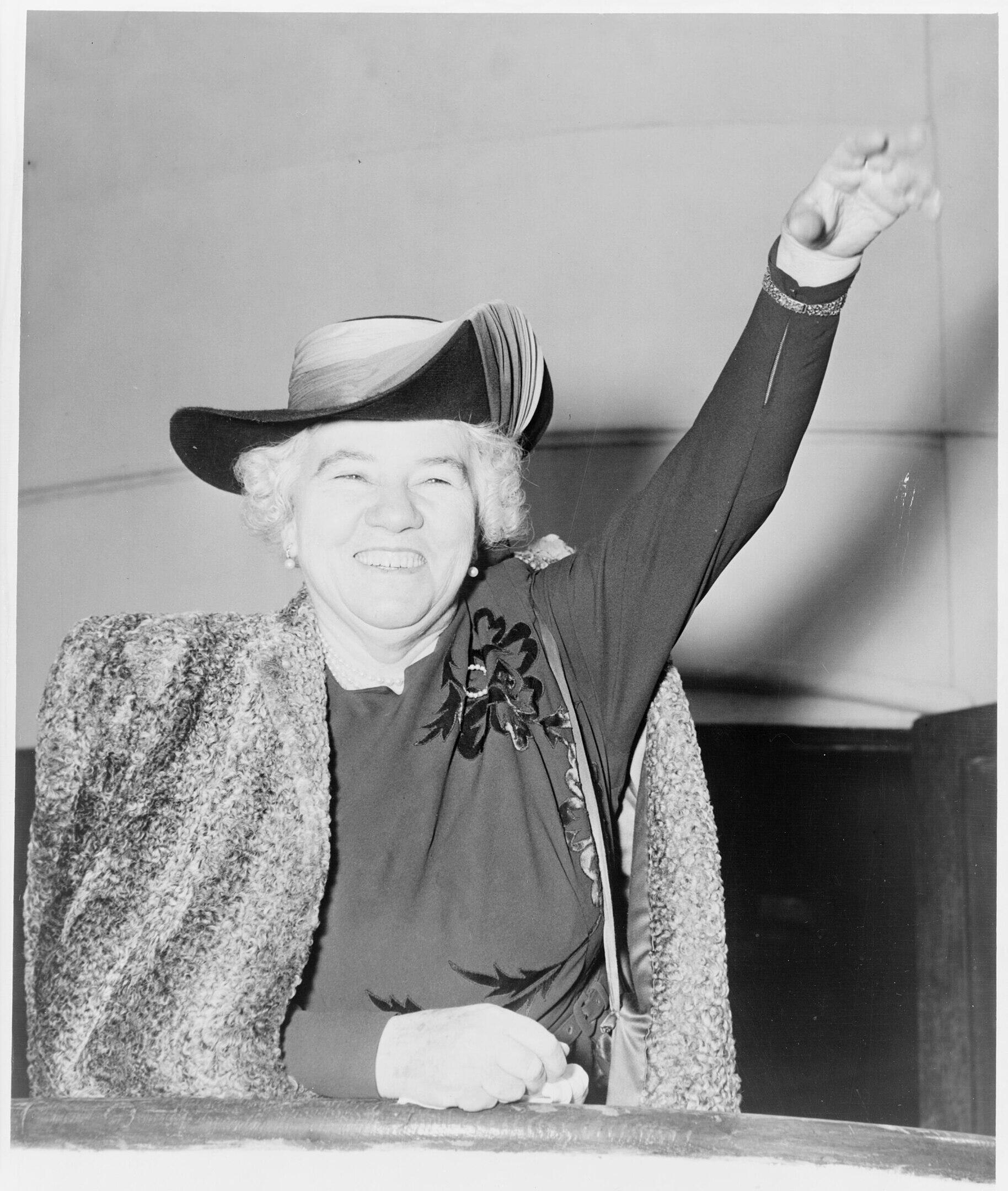
Margaret was barred from serving with the Australian Army Nursing Service. So she payed her way to London, where a letter of endorsement allowed her to help heal wounded soldiers. She returned to Australia after the war but continued to travel worldwide, promoting her physical therapy methods.
Fanny Balbuk
Today, Perth is a thriving, sprawling city. During Fanny's lifetime, the sprawl was just beginning. In fact, Perth was being built right on her clan's ancestral lands.
Fanny, also called Yooreel, had little power to affect or stop this growth. Still, she made it her mission to let her presence and disapproval be known.
Susan Ryan
In 1975, the Australian government launched a campaign to encourage women to enter politics. Susan Ryan was among the first to answer that call. Later, she became the first female Labor minister, overseeing education and youth affairs.
Susan introduced this landmark piece of legislation in 1984.
Millions of people have benefited from it, not just women.
Susan continued her anti-discrimination mission after retiring from politics. She served as Australia's first Age Discrimination Commissioner and later took on the role of Disability Discrimination Commissioner.
Annette Kellerman
The Australian Mermaid was far more than just a famous swimmer. She was a vaudeville star, fashion designer, film actress and author.
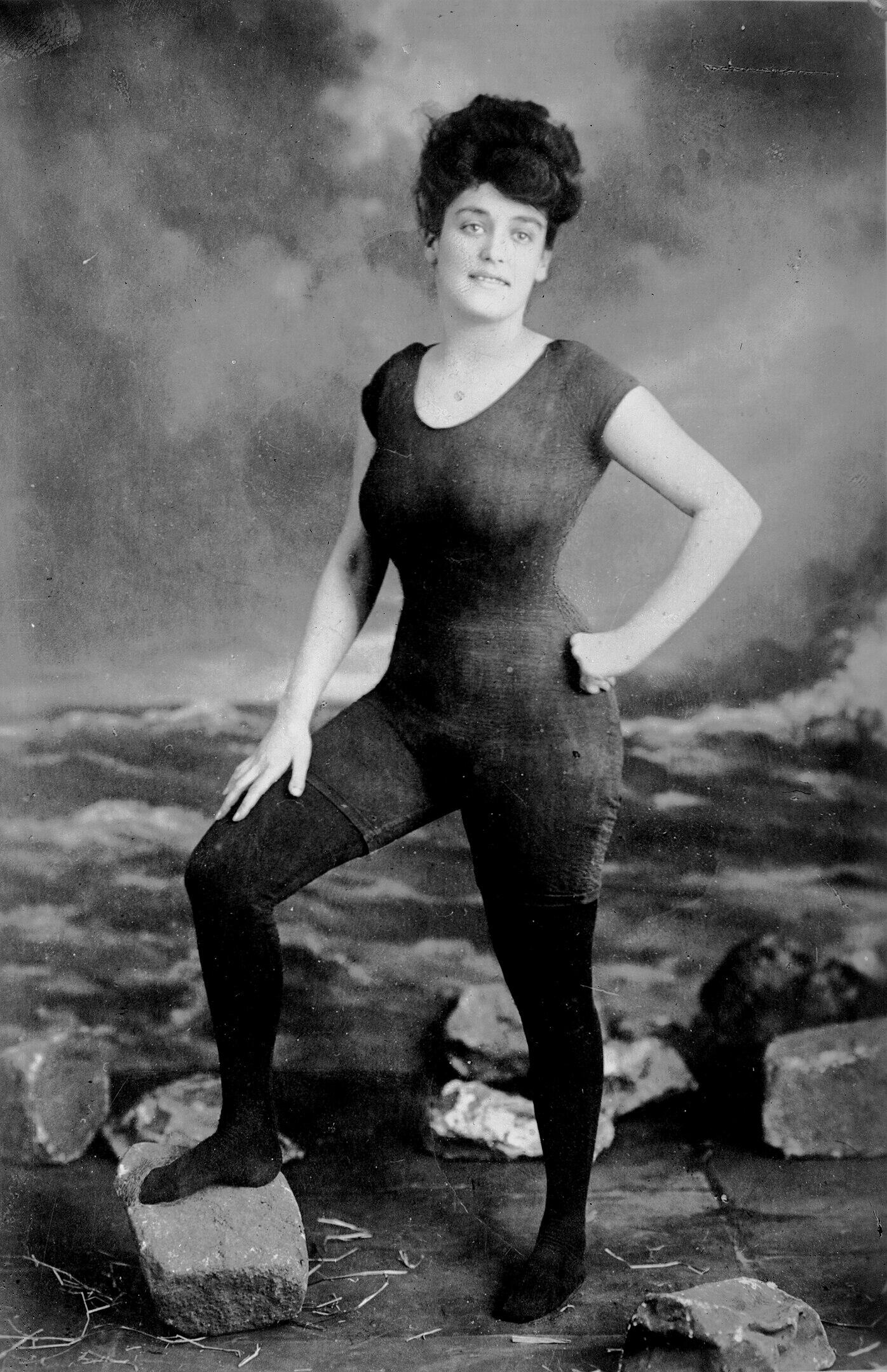
At the time Annette became a swimming sensation, women wore pantaloons in the water.
Those frothy garments hindered their ability to swim and, in Annette's case, her ability to show off her synchronised swimming moves.
She was the first Australian woman to wear a figure-hugging one-piece bathing suit. So successful was she at promoting the garment that she designed her own swimwear line.
A lifelong advocate of fitness and health, Annette wrote a book about swimming.
If anybody could embody the iconic Australian spirit, Annette would be it.

Ruby Payne-Scott
Until recently, science hasn't been welcoming to women (often, it still isn't!). That chilly reception makes Ruby that much more remarkable. She demonstrated her brilliant mind early on, earning two scholarships to fund her place at Sydney University in the Physics department.
Fresh from her studies at Sydney University's Physics department, she had trouble gaining traction in her scientific career. So, she began her professional life as a cancer researcher. Eventually, Ruby landed at the Commonwealth Scientific and Industrial Research Organisation (CSIRO), as a radar technology specialist.
Until 1966, women were required to resign from CSIRO when they got married.
Ruby kept her 1944 marriage a secret until someone outed her in 1950.
She was forced to resign and then, accept a temporary assignment to continue her vital work.
Ms Payne-Scott's work on radar technology was vital to the war effort. Once the war ended, the lab Ruby worked in turned its focus to radio astronomy.
She wrote the template for future research projects and devoted herself to tracking and analysing solar 'burst' radio emissions. For now, Ruby is still an unsung Australian hero; we hope wider exposure will rank her among the most famous Australians in our history.
Jenny Kee
Like Annette Kellerman, Jenny Kee embodies all that's best about Australian life and culture.
Born and raised in Bondi, Jenny had no patience for formal education. She left her fashion courses at East Sydney Technical College to study fashion where it was happening.
That was in 1965, at the height of Swinging London, where Jenny became a staple of the underground scene. She supported herself by selling secondhand clothes at the Chelsea Antique Market.
In the six years she spent in England, she learnt all she needed to make her career plans. Returning to Australia, she opened a fashion shop.
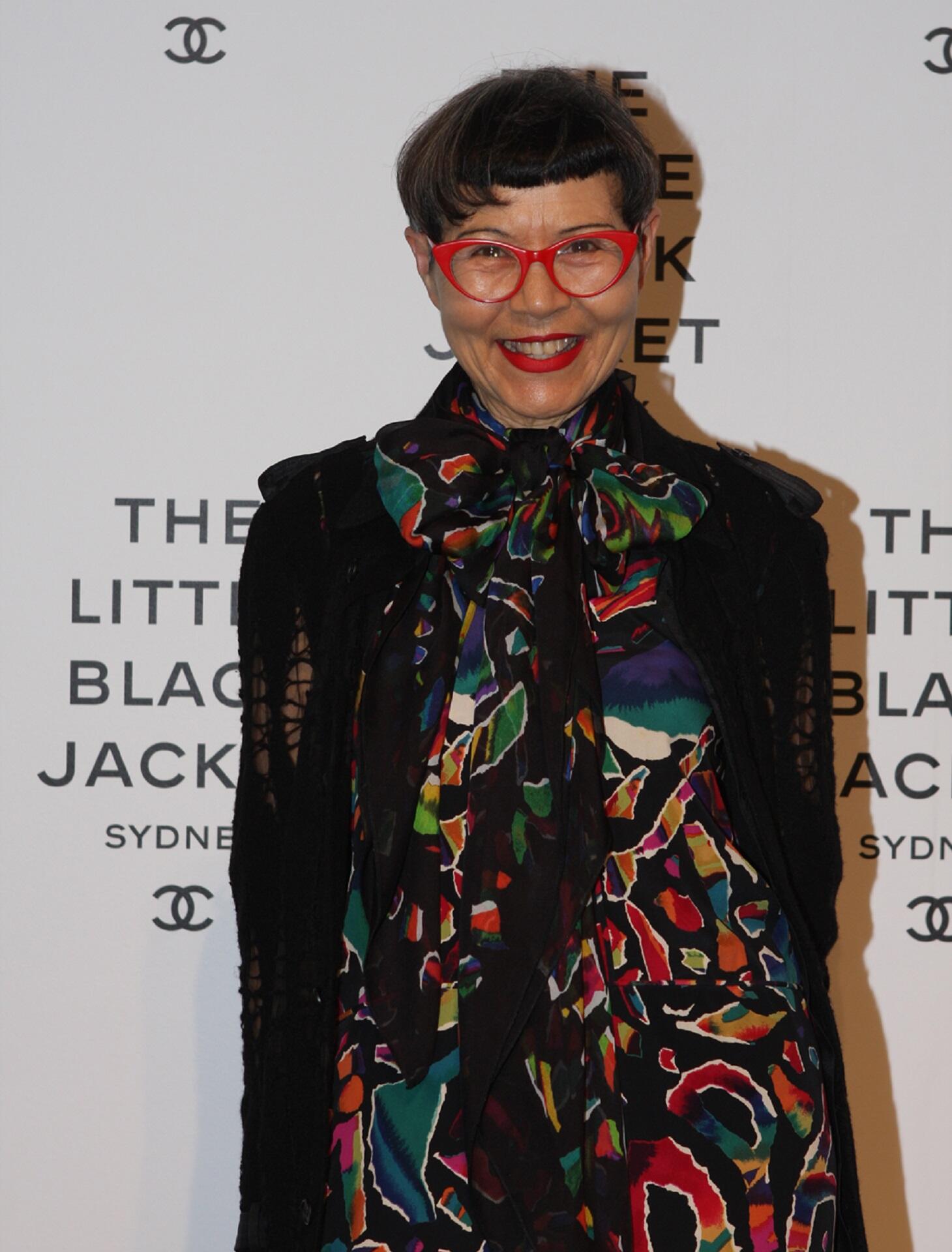
She collaborated with various textile producers and designers to create unique garments that represent Australia's vibrant culture.
Julia Gillard
It's hard to fathom whether Ms Gillard always had political aspirations. She studied law at university, and got involved in student politics early on. Even as a practising lawyer, Julia kept a lookout for her time to leap into politics.
She got her chance in 1985, when she was just 24 years old, serving as the Labor Party president in Carlton, a Melbourne suburb. She suffered a few setbacks - elections she didn't win. Still, her path took her to the very top of Australian politics. To date, Ms Gillard is the only female Australian politician to serve as Prime Minister.
Simone Young
Orchestra conducting is one of the remaining male dominated fields, so it's remarkable that Ms Young has made such a name for herself.
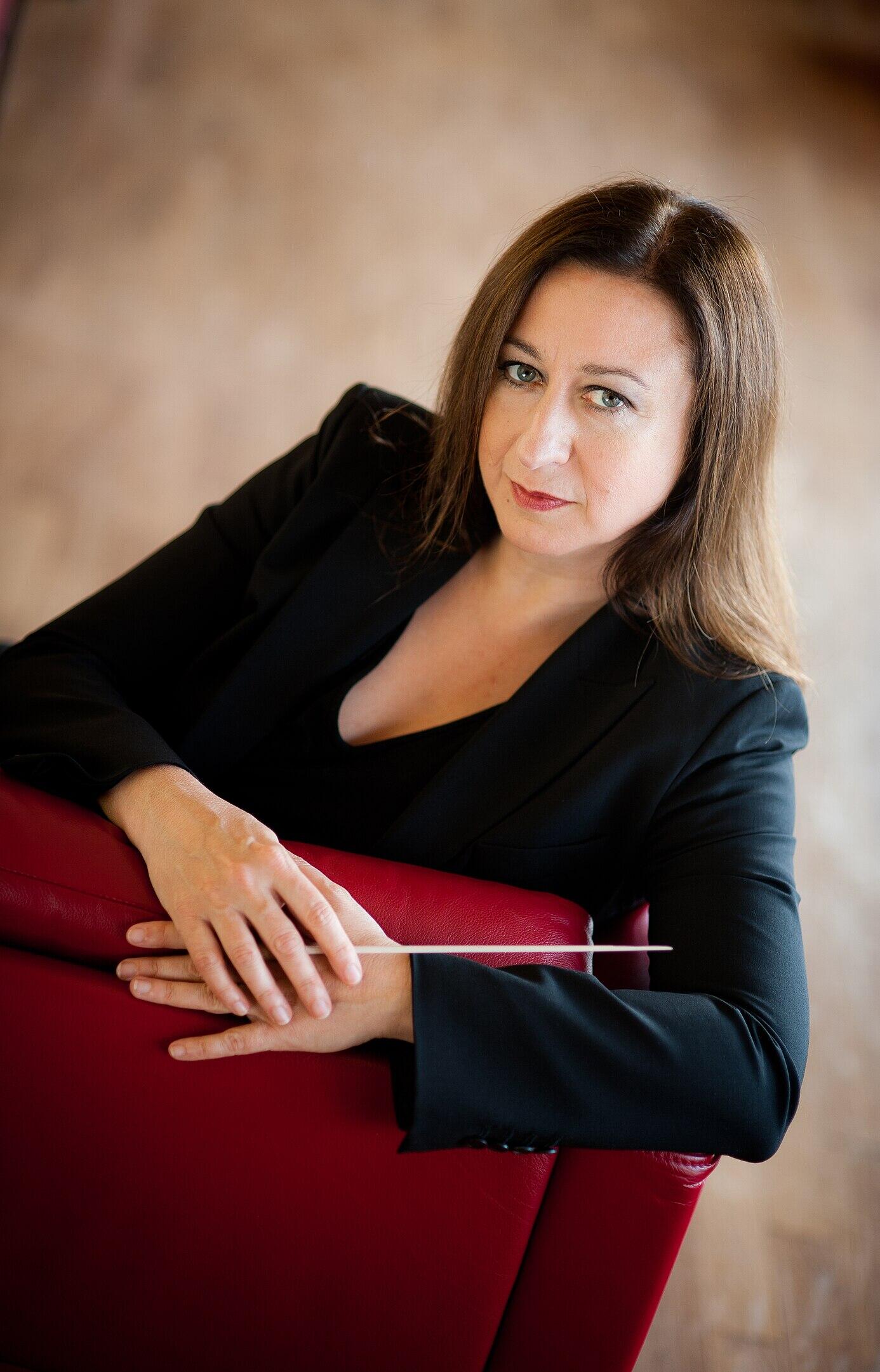
Starting in 1983, Simone Young began her career working with and learning from various conductors.
Two years later, the Sydney Opera House welcomed her as its conductor. She was the first woman and the youngest conductor to hold that appointment.
The Australia Council provided grants for Simone to study abroad. This education took place in Berlin, Cologne and Bergen, Norway.
She returned to Australia, ready to take her place as Opera Australia's chief conductor.
That tenure lasted two years. Today, Simone conducts orchestras all over the world.
Elizabeth Blackburn
Doctor Blackburn made history when she earned the Nobel Prize for her research in telomeres. In this TED Talk, she narrates her discoveries in cellular ageing.
Might Elizabeth's become one of the faces that grace Australia's banknotes? Only time will tell. Her accomplishments certainly make her a worthy candidate for the honour.
Tilly Aston
Long before Susan Ryan focused her efforts on Australians with disabilities, Tilly Aston championed the cause for blind Australians.
Tilly was born in 1873, already visually impaired. By age seven, she was completely blind. By sheer luck, Tilly happened upon an itinerant preacher who was blinded in an industrial accident. He taught Tilly how to read Braille, which opened the door to formal education.
Tilly was the first blind person to attend university. The lack of Braille textbooks was a major reason for her withdrawal from school.
Now at loose ends, she learnt how challenging life as a blind person was. She helped establish the Victorian Association of Braille Writers in 1894.
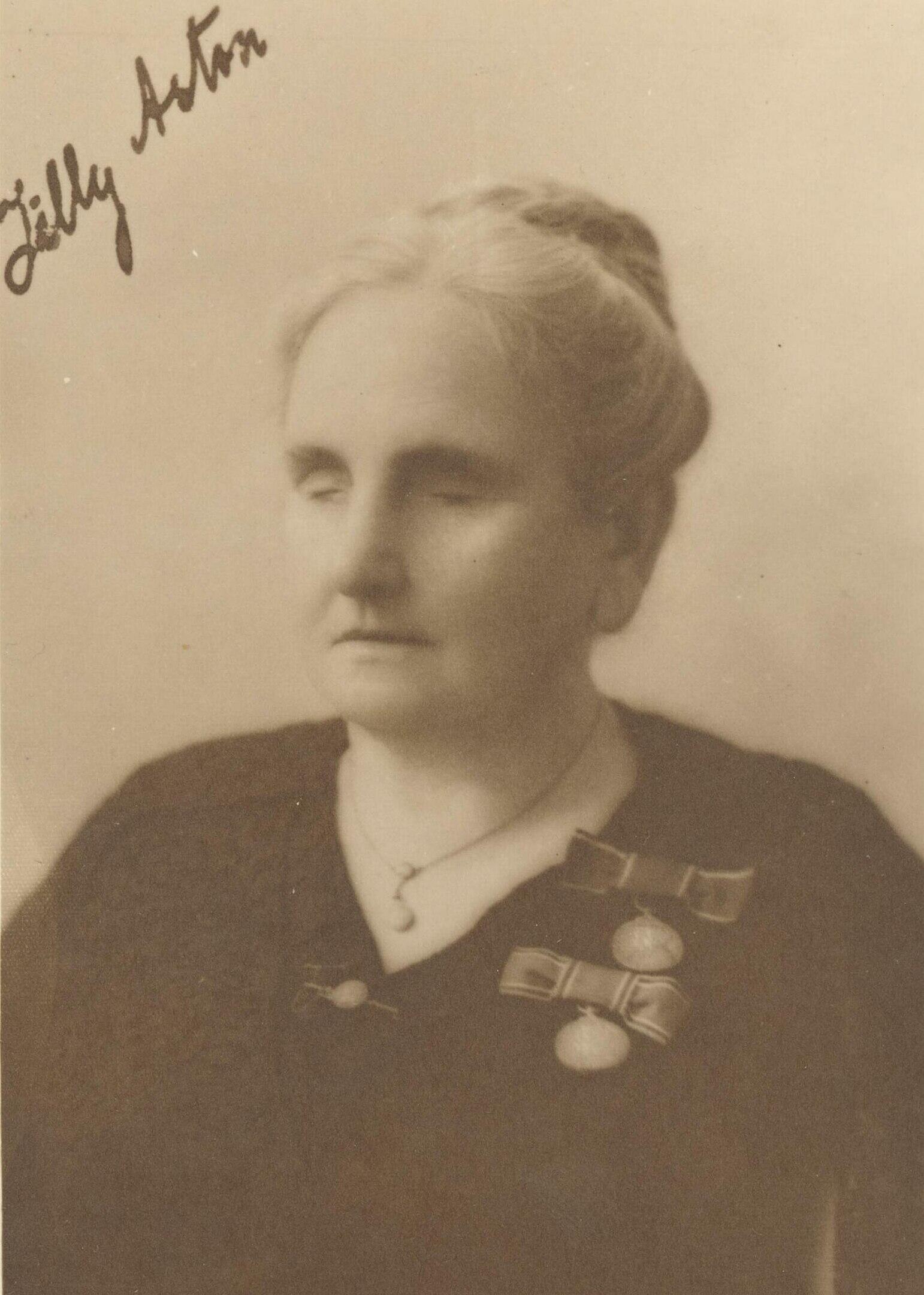
She also founded the Association for the Advancement of the Blind in 1895. Both those organisations exist today as Vision Australia.
Anne Camfield
It was uncommon, during the 19th century, for women to set off alone for distant lands as missionaries.
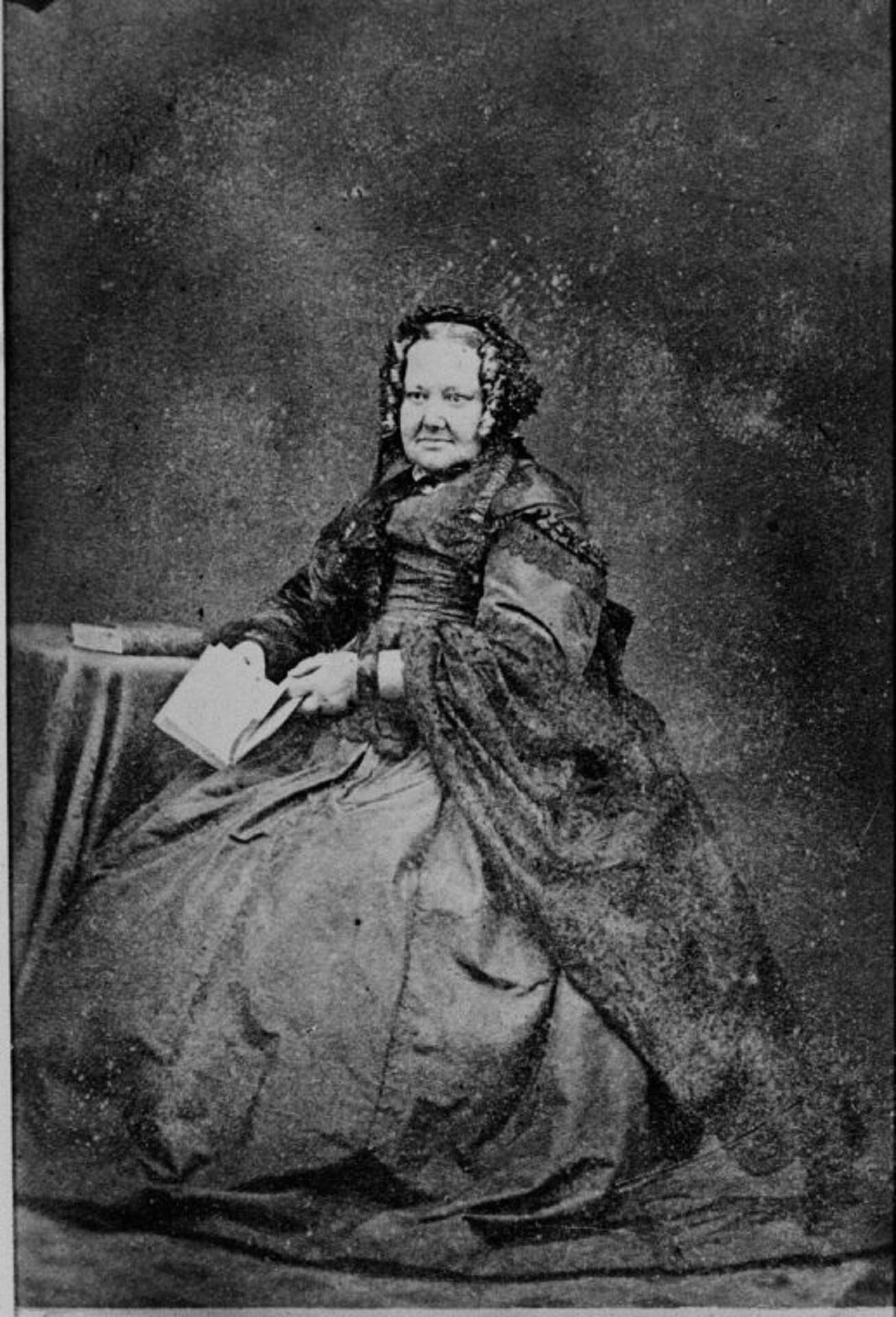
That's what Anne did, under the title of governess to a reverend's children. They arrived in the Swan River Colony in 1838.
The reverend set up a school for the settlers' children; Indigenous peoples' children could attend, as well.
After she married and settled into her new, spacious home, Anne and her husband decided to take in Aboriginal students. They started with six children, a commitment that more than doubled over the years.
They received permission and funding from the governor, which helped them expand their school over time.
Anne did a lot to educate and empower Indigenous communities. We can compare her efforts to the Aboriginal Australians famous for their community-building efforts.

